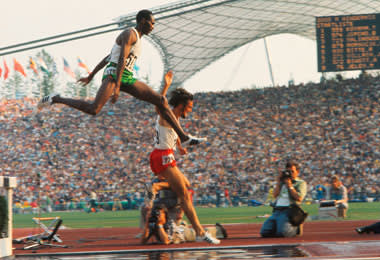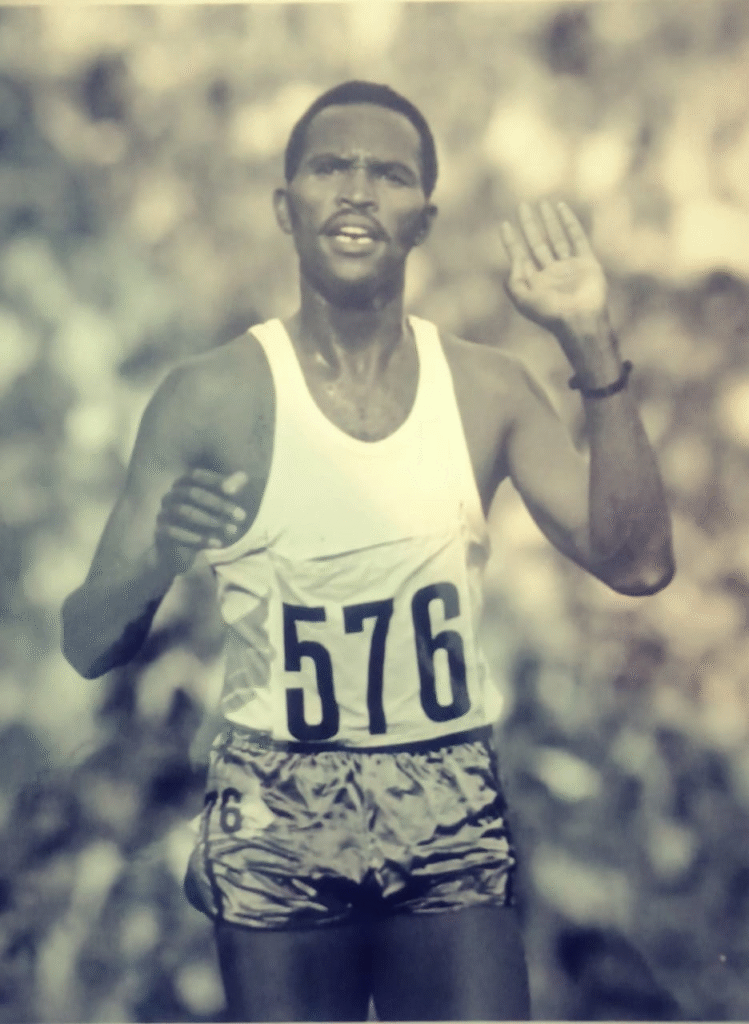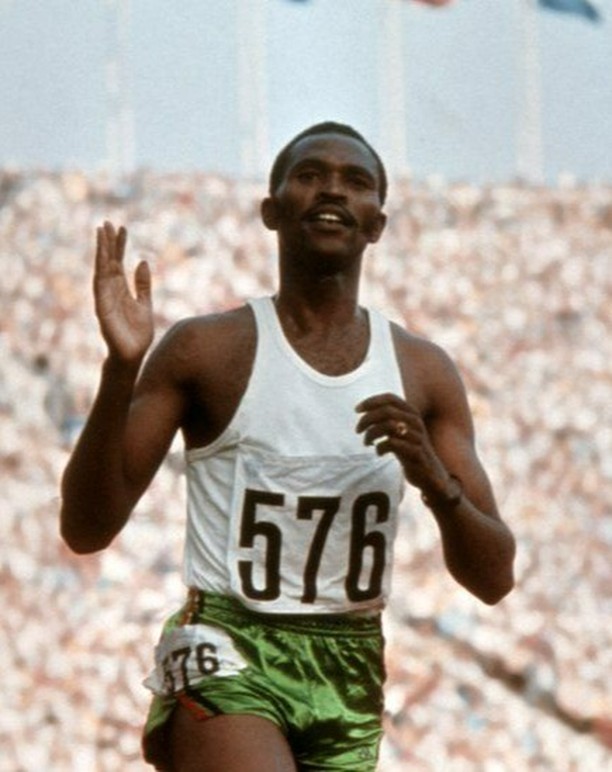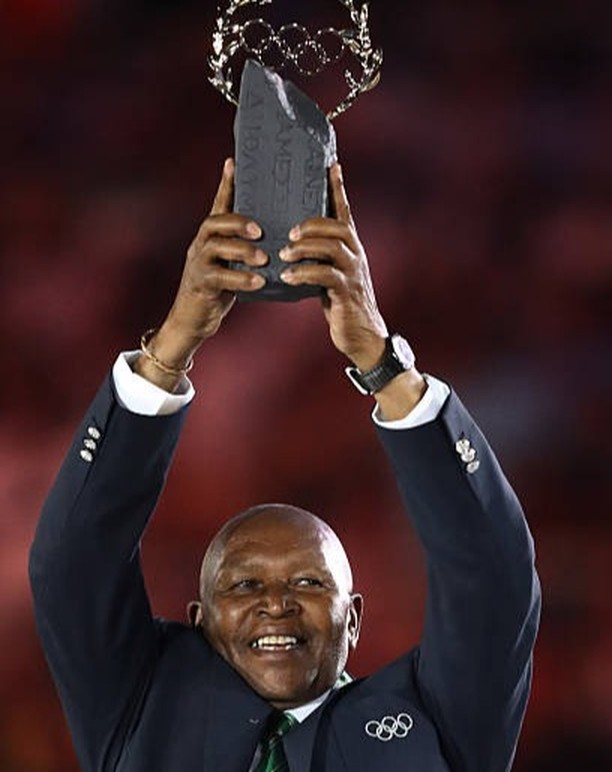Before the world learned to fear the sight of a Kenyan in the final lap, there was one man who ran so purely it changed the course of a nation’s history. Kipchoge “Kip” Keino, born in 1940 in the highlands of Nandi County, did not just win races — he defined what Kenyan greatness could look like.
In a country just stepping into independence, Keino became its first true sporting symbol. He came from the rolling Rift Valley hills, a land that would later produce world champions and Olympians by the dozens. But in the 1960s, there were no training camps, no sports science, no national programs — just a young man who believed that his legs could carry the hopes of a nation.
Mexico 1968: When Pain Became History
At the 1968 Mexico City Olympics, Keino’s story reached mythic proportions. He was suffering from gallstones so severe that doctors warned him not to compete. Yet, on the day of the 1,500-metre final, he laced up his shoes, faced Jim Ryun, then the world record holder, and turned defiance into destiny.
He surged early, breaking away from the pack in the thin Mexican air, and never looked back. When he crossed the finish line, he had shattered the Olympic record — and with it, the belief that African runners were destined to follow, not lead.
That gold, following a silver in the 5,000 metres, marked a turning point. Kenya’s presence in global athletics was no longer symbolic — it was dominant. The legend that would later produce the Nandi Bears and other track greats had begun.
(Fo(For more on how these early contests shaped regional pride and rivalry, see this exploration of East Africa’s classic track duels).
Munich 1972: The Crown of a Champion
Four years later in Munich, Keino returned to the Olympic stage, older but not slower. He added another gold, this time in the 3,000-metre steeplechase, and bronze in the 1,500 metres. His training was still rooted in simplicity — hill sprints, barefoot runs, and an almost spiritual connection to endurance.

It was the same natural environment that would later define Kenya’s running revolution, a phenomenon examined further in a look at the roots of the country’s unmatched endurance culture.
Keino’s effortless stride, built from years of chasing cattle across the Nandi hills, became the blueprint for an entire generation. Every lap he ran was an education in willpower — a masterclass that future athletes like David Rudisha and Faith Kipyegon would later inherit.

Beyond the Finish Line
After the medals came something greater — service. Keino dedicated his post-athletic life to giving back. In Eldoret, he co-founded a children’s home and school that raised not only athletes but citizens. His commitment to community made him a father figure, not just in athletics but in nation-building.
As chairman of the National Olympic Committee, Keino helped shape Kenya’s sporting identity at a time when the nation was finding its postcolonial footing — a process mirrored in Kenya’s transition into a new political order.
His leadership embodied the same self-determination that drove Kenya’s early entrepreneurs and reformers to build a modern nation from the remnants of colonial rule, explored in this account of post-independence economic transformations.
In 2016, Keino’s lifetime of service was recognized with the Olympic Laurel — the highest humanitarian honor bestowed by the International Olympic Committee. Few athletes have ever balanced excellence and empathy so gracefully.
The First Among Many
Kipchoge Keino didn’t just run fast. He ran first — clearing the way for others to dream. His footsteps echo in every Kenyan who has ever laced up to chase the horizon.
From the early days of limited resources to the modern champions who now dominate every major event, his spirit remains the heartbeat of Kenyan sport. The legacy of his trailblazing era is reflected in stories of the women who later redefined national pride through athletics and in the extraordinary journeys of teams who turned global indifference into triumph.
Keino proved that greatness is not born — it is built, stride by painful stride.




